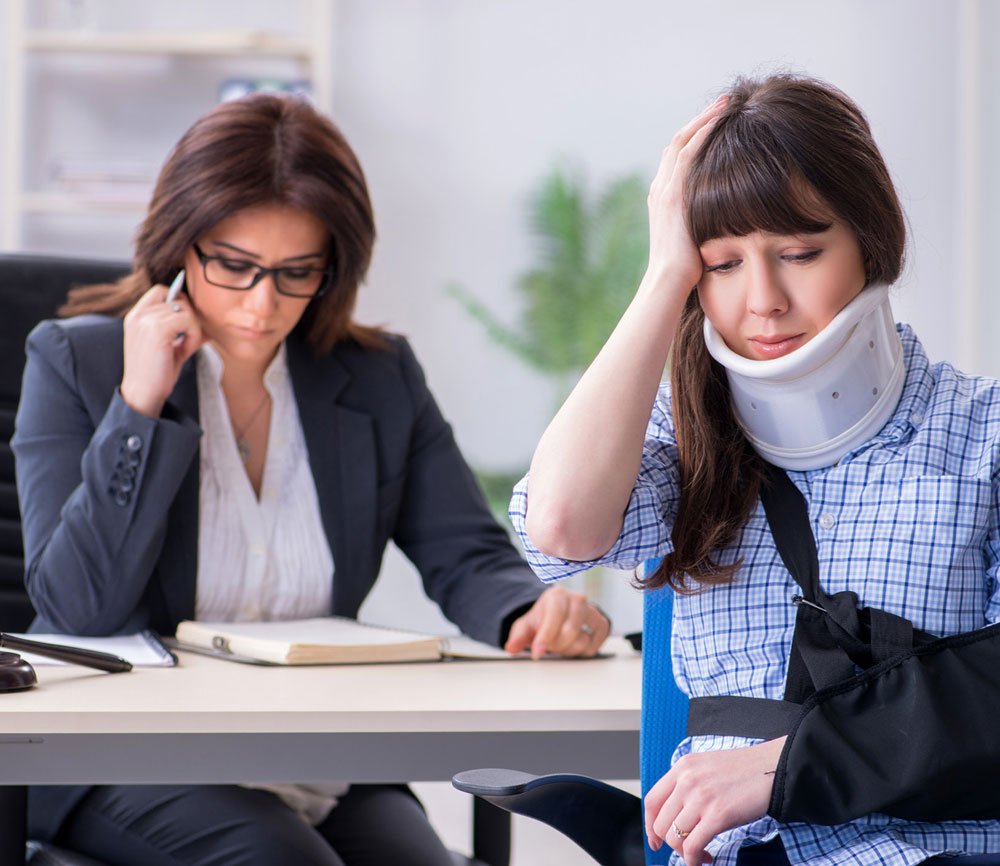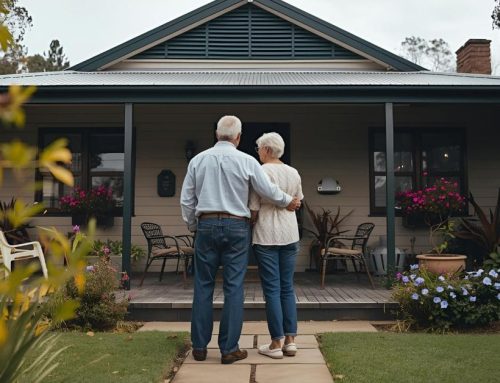Estate planning is about more than wills and inheritance. A binding financial agreement (BFA) can act as a planning [...]
Gathering evidence for domestic violence allegations is a critical step in protecting yourself and building a strong case. Effective documentation and careful record-keeping can significantly impact the outcome of your situation.
Begin by photographing any physical injuries and seeking immediate medical care, ensuring you keep all related reports. Maintain a detailed journal of abusive incidents, noting dates, times, and any witnesses. Save threatening messages or voicemails securely, and reach out to witnesses for statements. Reporting incidents to the authorities is also essential to create an official record. These strategies for gathering evidence for domestic violence allegations will help you establish a solid foundation for your safety and legal protection.

Document Physical Injuries
To effectively document physical injuries, take clear, close-up photos of any visible marks. Use a ruler or a common object in the photo for scale to provide context. Ensure you have good lighting and capture multiple angles for a detailed record. This helps create an accurate and detailed visual documentation.
Seek medical attention promptly to get professional documentation of your injuries. Medical records and reports are essential evidence, so save all related documentation. By following these steps, you’ll ensure your evidence is thorough and precise, strengthening your case greatly.
Mastering this process is important for creating a compelling and credible record of the abuse you’ve experienced.
Keep a Detailed Journal
Maintaining a thorough journal of abusive incidents guarantees you have a detailed record to bolster your case. Document dates, times, locations, and specifics of each abusive event. Describe any verbal, physical, emotional, or financial abuse in detail.
Note any witnesses to the incidents and their contact information.
Keep the journal confidential and store it in a secure place, ensuring it’s inaccessible to your abuser.
Use this detailed record when seeking legal assistance or protection orders.
A detailed journal not only helps you remember the specifics but also strengthens your credibility. By having meticulously documented evidence, you’re better equipped to demonstrate patterns of abuse and support your allegations with concrete facts.
Save Threatening Messages
Make sure you save any threatening text messages and record voicemails that highlight abusive behaviour.
These pieces of evidence are essential in demonstrating patterns of abuse.
Always back up these messages to guarantee they remain safe and intact.
Record Text Message Threats
To ensure, it’s crucial to document threatening text messages as they can provide critical evidence in domestic violence cases. Text messages are a tangible form of communication that can be presented in court to support your claims. It’s vital to document each message accurately by noting the date and time they were received.
To maintain the integrity of your evidence:
- Preserve messages in their original form: Avoid altering or editing the texts.
- Back up your messages: Use a secure method to prevent loss or accidental deletion.
- Utilise screenshots: Capture and save images of each threatening message.
- Store evidence securely: Keep both digital and physical copies in a safe place.
Following these steps will help you gather strong, reliable evidence to substantiate your allegations.
Preserve Voicemail Evidence
Just as with text messages, it’s important to save threatening voicemails as they can serve as significant evidence of abusive behaviour.
Preserving these voicemails provides a clear record that can support your allegations in legal proceedings.
To guarantee this evidence remains intact, back up the voicemails in multiple locations, such as your phone, cloud storage, and a secure external drive.
This evidence can be vital when seeking legal protection, like obtaining a restraining order.
Remember, having a clear, unaltered record of the abuser’s threats strengthens your case and provides undeniable proof of the abusive behaviour.
Take immediate steps to preserve these voicemails and make sure they’re safely stored for future reference.
Seek Medical Attention
When you seek medical attention, you’re taking an essential step in documenting injuries promptly.
Medical records and photographs taken during your visit can serve as powerful evidence.
Additionally, obtaining testimony from healthcare professionals can further support your claims of abuse.
Document Injuries Promptly
Seeking medical attention promptly after any domestic violence incident is essential to document injuries and ensure they’re treated properly. When you visit a healthcare professional, make sure they meticulously document all injuries, no matter how minor they may seem. This documentation serves as crucial evidence in domestic violence cases.
Additionally, take these steps to strengthen your evidence:
- Photograph injuries as soon as possible after the incident.
- Keep copies of all medical reports and receipts.
- Record detailed notes about the medical treatment received.
- Preserve all documentation related to your injuries and treatments.

Doing so will provide a thorough record that can be indispensable in legal proceedings, helping to substantiate your claims and protect your rights.
Obtain Medical Records
After documenting your injuries promptly, obtaining medical records from healthcare providers is the next essential step. Seek medical attention immediately after any incident of domestic violence.
These records serve as documented evidence of the physical injuries you sustained. Hospitals and healthcare providers can offer detailed reports that outline the extent and nature of your injuries, which are invaluable for legal purposes.
Ensure that all injuries, no matter how minor, are properly documented by medical professionals. These records can be vital in proving both the occurrence and severity of the domestic violence incidents.
Secure Professional Testimony
By consulting medical professionals immediately following a domestic violence incident, you can secure essential professional testimony to support your allegations. Seeking medical attention not only addresses your immediate health needs but also provides authoritative documentation of your injuries.
- Document Injuries: Medical records will detail the extent and nature of your injuries, creating a clear link to the abuse.
- Expert Testimony: Physicians can testify about the physical impact of the violence, lending credibility to your case.
- Legal Support: Medical examinations serve as powerful evidence in legal proceedings, substantiating your claims.
- Strengthen Your Case: Professional testimony from healthcare providers can significantly enhance your case against the abuser.
Don’t hesitate to seek medical help; it’s an important step in gathering compelling evidence.
Reach Out to Witnesses
Reaching out to witnesses can provide essential testimonies that strengthen your domestic violence allegations. Witnesses can offer vital details about incidents, enhancing the credibility of your claims in court. Their statements can corroborate your version of events, making your case stronger and more believable.
Witnesses often provide objective accounts that are invaluable in legal proceedings, offering additional perspectives on the abusive behaviour you’ve experienced. By gathering statements from those who’ve observed the violence, you can present a more thorough and compelling narrative.
Don’t hesitate to contact neighbours, friends, or anyone who might’ve seen or heard the incidents. Their insights and testimonies can be the linchpin in substantiating your allegations and achieving justice.
Utilise Safety Apps
While gathering witness testimonies is important, leveraging safety apps can also greatly enhance your domestic violence case. These apps offer essential features such as emergency contacts, location tracking, and discreet distress signals. They can record audio or video evidence of abusive incidents, providing invaluable documentation.
Consider these benefits of safety apps:
- Store important documents: Keep protection orders and emergency contacts in one secure place.
- Access resources: Get quick access to hotlines, legal aid services, and safety plans.
- Quick response: Reach out for help immediately in dangerous situations.
- Discreet functionality: Use discreet features to avoid alerting the abuser.
Utilising safety apps ensures you’re prepared, protected, and proactive in gathering evidence for your case.
Obtain CCTV footage
Many individuals now have CCTV footage installed in their residence to ensure their safety and that their property is secure. If an incident occurs on your property and your neighbours have CCTV cameras, you should ask your neighbours whether the incident can be viewed on their CCTV footage. If so, it would be prudent to request a copy of the footage.
If the incident occurs in public, at changeovers for example, there may be CCTV footage available which records the incident.
It is common for changeovers to occur at restaurants such as McDonalds. If an incident occurs during changeover and CCTV footage would assist in substantiating your claims, you should contact the restaurant directly for access to the footage.
Report to Authorities
Reporting incidents of domestic violence to the authorities is an essential step in creating a legal record and ensuring your safety. Make sure to report every incident, no matter how minor it may seem. Your detailed statement to the police will document these incidents, which is vital for any future legal proceedings.
By consistently reporting, you establish a clear pattern of behaviour, which can be pivotal in securing legal protection and intervention. Incident reports not only create a record of the violence but also aid in obtaining the necessary legal assistance and protective measures.
Don’t hesitate; each report strengthens your case and enhances your safety by ensuring that the violence is formally acknowledged and addressed.

























